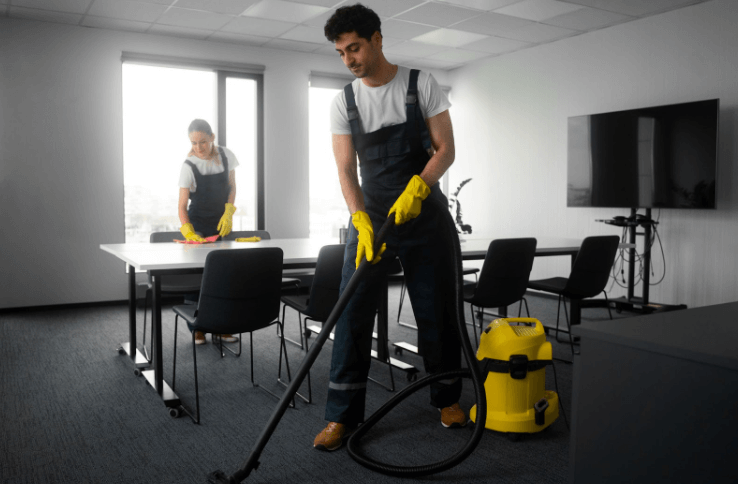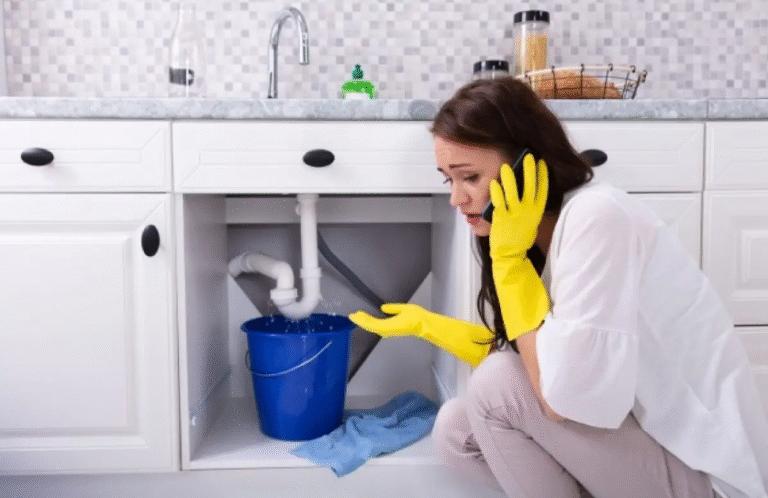How Often Should You Schedule Commercial Carpet Cleaning?
Carpet is one of the most common flooring choices in commercial spaces—including offices, retail stores, hotels, healthcare facilities, and schools. It not only provides comfort and insulation but also enhances aesthetics and reduces noise. However, in high-traffic environments, carpets quickly become magnets for dirt, allergens, and stains.
Regular maintenance is essential, but many business owners and facility managers still ask:
“How often should we schedule commercial carpet cleaning?”
The answer isn’t one-size-fits-all. The ideal cleaning frequency depends on the type of business, foot traffic levels, and other environmental factors. In this guide, we’ll break down the key factors that determine how often commercial carpets should be cleaned, along with cleaning methods, benefits, and maintenance tips to protect your flooring investment.
Why Regular Commercial Carpet Cleaning Matters
Before discussing cleaning frequency, it’s essential to understand why commercial carpet cleaning is so important. While vacuuming removes surface dirt, it doesn’t eliminate the deeply embedded grime, bacteria, and allergens that accumulate over time.
Here are some of the top reasons to prioritize professional carpet cleaning in your commercial facility:
- Improves indoor air quality by removing dust, allergens, and contaminants.
- Prevents permanent stains and wear, extending the life of the carpet.
- Reduces odors caused by food, moisture, or spills.
- Promotes a professional image, making a positive impression on clients, customers, and employees.
- Supports workplace health by eliminating mold spores and bacteria.
See also: How to Find the Right Custom Home Builder for Your Perfect Home
General Guidelines for Carpet Cleaning Frequency
The following are general recommendations for how often different types of commercial spaces should schedule professional carpet cleaning:
| Type of Facility | Recommended Cleaning Frequency |
| Corporate Offices | Every 6–12 months |
| Retail Stores | Every 3–6 months |
| Restaurants & Cafés | Every 1–3 months |
| Hotels & Hospitality Areas | Every 1–3 months (monthly for lobbies) |
| Healthcare Facilities | Monthly or bi-monthly |
| Schools & Universities | Every 3–6 months (more often in common areas) |
| Industrial Offices | Every 3–6 months |
| High-Traffic Public Areas | Monthly or bi-monthly |
These are starting points. You may need to adjust the schedule based on actual foot traffic, weather conditions, or the presence of pets, food, or machinery.
Key Factors That Influence Cleaning Frequency
While the chart above offers general guidance, your facility’s unique characteristics will determine the ideal schedule. Below are the primary factors to consider:
1. Foot Traffic Volume
The more people walking over your carpet, the faster it collects dirt, oils, and debris.
- Low-traffic areas (private offices, meeting rooms) may only need cleaning once a year.
- High-traffic areas (entryways, hallways, lobbies) may require monthly cleaning or more.
Use walk-off mats at entrances to help reduce incoming dirt, but don’t skip regular deep cleaning.
2. Type of Business
Some businesses naturally accumulate more dirt than others. For example:
- Restaurants and cafés deal with food spills, grease, and foot traffic.
- Healthcare clinics must maintain sanitary conditions and minimize allergens.
- Retail stores often have heavy seasonal foot traffic, especially near sales events or holidays.
Tailor your carpet cleaning schedule to your industry’s needs.
3. Weather and Seasonality
If your business is located in a region with rainy, snowy, or dusty conditions, carpets are likely to absorb more moisture and grime. Seasonal adjustments to your cleaning schedule may be necessary:
- Increase frequency during winter months due to mud, salt, and moisture.
- Consider post-winter or post-monsoon deep cleaning to remove residue.
4. Color and Type of Carpet
- Light-colored carpets show dirt and stains more easily and often require more frequent cleaning.
- Low-pile carpets are easier to clean and maintain than high-pile or shag carpeting.
- Carpet material (wool, nylon, polyester, olefin) also affects how often it should be cleaned.
Consult your carpet manufacturer or installer for specific care recommendations
5. Presence of Pets or Children
If your facility is pet-friendly or frequently hosts children (such as schools or family centers), increase your cleaning frequency to handle fur, stains, and allergens.
Professional Carpet Cleaning Methods
Different cleaning methods affect how often your carpet needs servicing. Some methods provide surface-level cleaning, while others offer deep extraction. Let’s explore the most common commercial carpet cleaning methods:
1. Hot Water Extraction (Steam Cleaning)
Uses high-temperature water and cleaning solutions to deeply clean carpet fibers, then extracts the moisture along with dirt.
- Best for: Offices, healthcare facilities, and high-traffic areas
- Frequency: Every 3–6 months
- Dry Time: 6–12 hours
2. Encapsulation Cleaning
Applies a cleaning solution that encapsulates dirt particles into crystals, which are vacuumed away.
- Best for: Retail stores and maintenance in between deep cleans
- Frequency: Monthly to quarterly
- Dry Time: 1–2 hours
3. Bonnet Cleaning
A rotary machine with an absorbent pad cleans the carpet’s surface using a detergent solution.
- Best for: Lobbies and low-pile commercial carpets
- Frequency: Monthly or bi-monthly
- Dry Time: 1–2 hours
4. Dry Carpet Cleaning (Compound Cleaning)
Uses minimal moisture and a dry compound to remove dirt and grime.
- Best for: Sensitive environments where moisture must be minimized
- Frequency: 2–4 times per year
- Dry Time: Almost immediate
The Importance of a Commercial Carpet Maintenance Plan
Creating a structured carpet maintenance program helps you stay on track and avoid costly replacements. Your plan should include:
- Routine vacuuming: Daily or several times a week
- Spot treatments: Immediately after spills occur
- Interim cleaning: Monthly or quarterly
- Deep cleaning: Semi-annually or annually
- Documentation: Maintain a record of cleaning dates, methods, and issues
This schedule should be customized based on the unique characteristics of your building and updated seasonally or after major events.
Benefits of Keeping a Consistent Cleaning Schedule
If you’re still considering whether to invest in more regular carpet cleaning, here are the long-term advantages of doing so:
- Cost Savings: Prevents premature wear and delays the need for replacement.
- Better Hygiene: Creates a healthier environment for employees, customers, and visitors.
- Enhanced Appearance: Keeps your space looking polished and professional.
- Improved Air Quality: Reduces allergens and respiratory irritants.
- Regulatory Compliance: In healthcare, education, and food sectors, cleanliness is essential for audits and inspections.
Signs It’s Time to Clean Your Commercial Carpet
Still unsure if your carpet needs cleaning? Watch for these signs:
- Visible stains or discoloration
- Unpleasant odors in the area
- Worn or matted areas from foot traffic
- Complaints of allergies or breathing issues
- Diminished appearance despite vacuuming
If any of these are occurring, it’s likely time to schedule a cleaning—even if it’s ahead of your normal routine.
Hiring the Right Commercial Carpet Cleaning Service
Choosing the right vendor makes all the difference in results and value. Here’s what to look for:
- Industry experience with commercial settings
- Trained technicians with certification (e.g., IICRC)
- Eco-friendly products that meet health and safety standards
- Flexible scheduling to minimize disruption to your business
- Transparent pricing and custom service plans
- Positive reviews and client testimonials
Consider getting quotes from multiple providers and asking for references from similar businesses.
Final Thoughts
Commercial carpet cleaning is not just a task—it’s a vital part of maintaining a professional, healthy, and productive work environment. While vacuuming and spot cleaning help with daily upkeep, professional deep cleaning on a consistent schedule protects your investment and your brand.
As a rule of thumb, high-traffic or customer-facing areas should be cleaned every 1–3 months, while quieter office spaces may only need attention every 6–12 months. However, the best results come from creating a custom maintenance plan tailored to your facility’s usage and industry needs.






